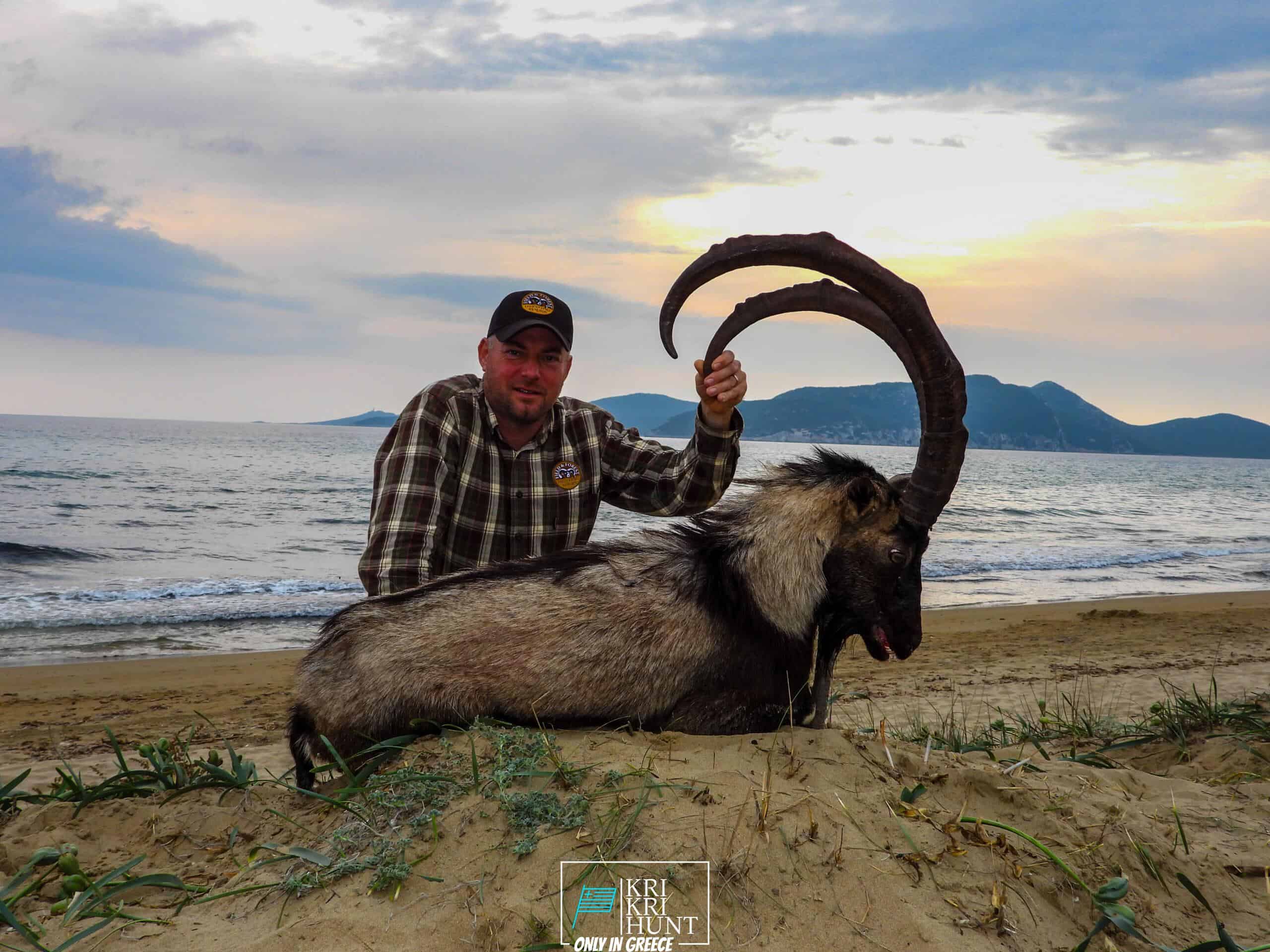Why The Peloponnese Is The 'Real' Greece
Why The Peloponnese Is The 'Real' Greece
Blog Article

Hunting for Kri Kri ibex in Greece is an incredible searching exploration and superb getaway all in one. Ibex searching is generally a severe experience, however not in this situation! Dive to shipwrecks and also spearfishing in ancient Greece, or delight in ibex hunting in an unique place are just a few of the things you may do during a week lengthy ibex searching expedition in Greece. Can you think about anything else?

Since the ibex population is ever-changing, the number of tags changes. The Kri-Kri, despite being the tiniest ibex in regards to body weight (Capra Aegagrus Cretica), has long. A couple of samplings that were not counted measured 115 centimeters. The gold prize is 61 centimeter (24 inches) in size. Searching of Kri-Kri ibexes, is presently allowed on Atalanti and Sapientza in Greece (Capra Aegagrus Cretica). Starting on Atalanti in the recently of October and also the very first week of December, ibex searching is permitted. Searching is enabled the whole month of November in Sapientza, as long as the weather condition is favorable.
When you arrive in the Peloponnese peninsula is the stunningly gorgeous landscape, the initial thing you will see. The hills, lakes, woodlands, and also rivers make this location a nature fan's heaven. There are likewise lots of chances for treking, angling, swimming, as well as other outdoor tasks. However the Peloponnese peninsula is not practically its all-natural beauty; there are likewise numerous historical as well as cultural websites to discover. Don't forget also fishing, free-diving and hunting. Some of the most preferred visitor locations in the Peloponnese consist of old Olympia, Epidaurus, Mycenae, and also Sparta. These locations use a fascinating glimpse into Greece's abundant background and also society. If you want learning more regarding Greek folklore, after that you will absolutely intend to check out Mount Olympus, house of the 12 Olympian gods. Naturally, no trip to Greece would certainly be complete without trying several of the scrumptious food. The Peloponnese peninsula is home to a few of the best olive oil in the world along with feta cheese, olives, honey, and also white wine. Ensure to try several of the regional specialties such as dolma (stuffed grape leaves), Souvlaki (barbequed meat skewers), and Gyro (meat wrapped in pita bread).
There is truly something for everyone in the Peloponnese peninsula. Whether you are interested in background as well as culture or nature as well as exterior tasks, this is an optimal destination for your following trip. If you are short promptly, our hunting and also visiting Peloponnese Tours from Methoni is a wonderful way to see everything this breathtaking location has to offer.And lastly, your Kri Kri ibex trophy is waiting for you.
What is the diference between Kri Kri ibex, Bezoar ibex and hybrid ibex
The kri-kri is not thought to be indigenous to Crete, most likely having been imported to the island during the time of the Minoan civilization. Nevertheless, it is found nowhere else and is therefore endemic to Crete. It was common throughout the Aegean but the peaks of the 8,000 ft (2,400 m) White Mountains of Western Crete are their last strongholds–particularly a series of almost vertical 3,000 ft (900 m) cliffs called ‘the Untrodden’—at the head of the Samaria Gorge. This mountain range, which hosts another 14 endemic animal species, is protected as a UNESCO Biosphere Reserve. In total, their range extends to the White Mountains, the Samaria National Forest and the islets of Dia, Thodorou, and Agii Pandes.
This Ibex is NOT a diminutive form of the Bezoar Ibex, which has migrated into the western-most reach of the range of this species. The kri – kri (Capra aegagrus cretica), sometimes called the Cretan goat, Agrimi, or Cretan Ibex, is a feral goat inhabiting the Eastern Mediterranean, previously considered a subspecies of wild goat. The kri-kri has a light brownish coat with a darker band around its neck. It has two horns that sweep back from the head. In the wild they are shy and avoid tourists, resting during the day. The animal can leap some distance or climb seemingly sheer cliffs.
“The agrimi goat Capra aegagrus cretica is unique to Crete and its offshore islands. It has been identi®ed as a sub-species of the wild bezoar goat Capra aegagrus aegagrus Erxleben, 1777, which it closely resembles in horn shape, body form and coloration. This classi®cation has been disputed by some researchers who claim that the agrimi are feral goats, derived from early domestic stock brought to the island by the ®rst Neolithic settlers. In order to clarify this issue, DNA analyses (cytochrome b and D loop sequences) were carried out on tissue of live and skeletonized agrimi and compared to sequences of wild and domestic caprines. Results conclusively show the agrimi to be a feral animal, that clades with domestic goats (Capra hircus) rather than with wild Asiatic bezoar. This study demonstrates that morphometric criteria do not necessarily re¯ect genetic af®nities, and that the taxonomic classi®cation of agrimi should be revised.”
Report this page